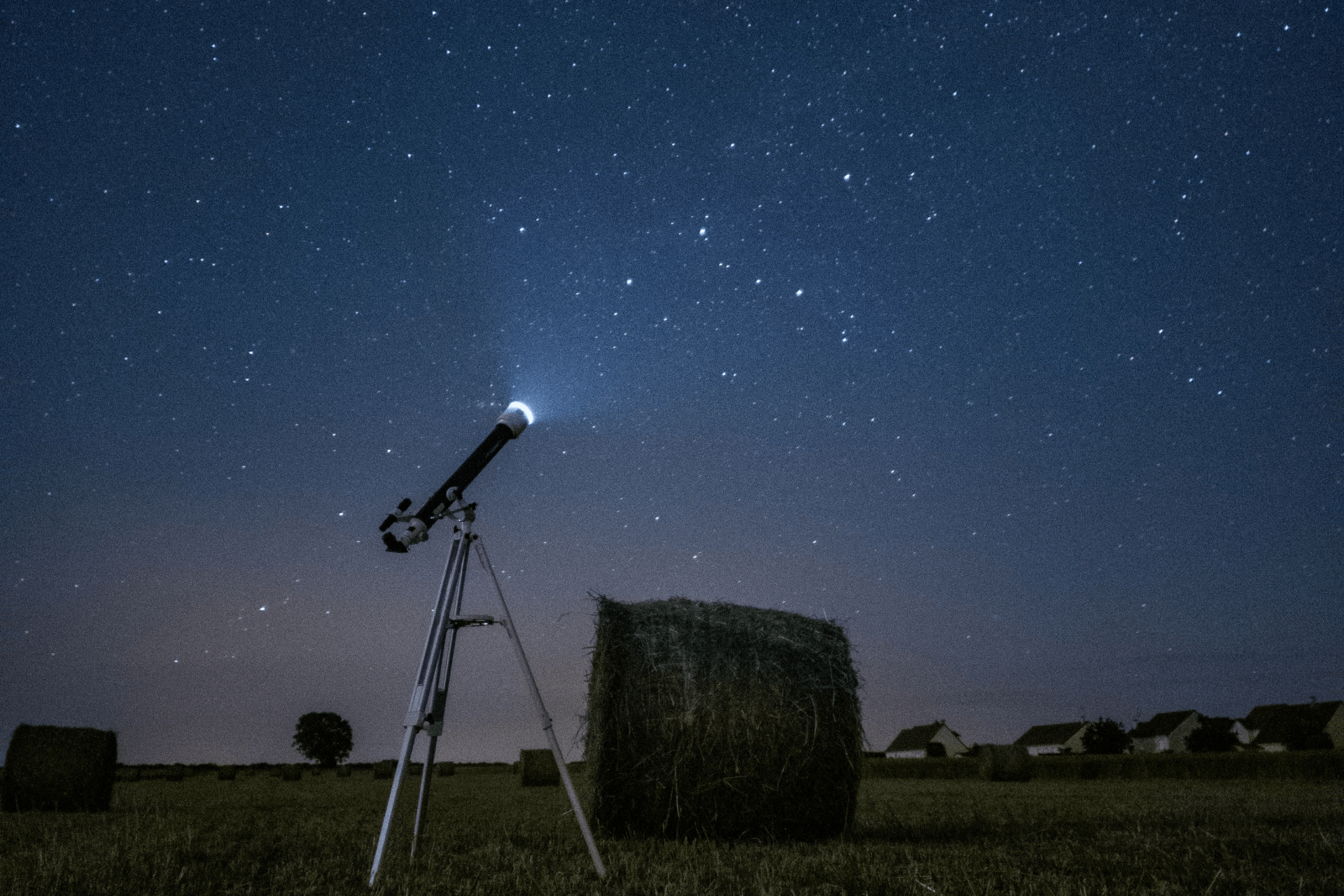Exploring Space With AI
Even before the ubiquity of computer technology, science fiction offered readers a wide variety of applications for artificial intelligence and robots in the context of space exploration. The super-intelligent computer HAL 9000 in the 2001 Space Odyssey, C3PO, and R2D2 in Star Wars, tricorders, Borgs, holograms, and smart computers in Star Trek: all of these works clearly demonstrate that space and AI are two halves of one whole. Since the beginning of the exploration of extraterrestrial space by humans, this fantastic union has finally become a reality. Today we will share with you some examples of how researchers are using AI to explore space.

Discovering New Planets
For almost two decades, NASA has relied on the Kepler Space Telescope to look for exoplanets and potentially habitable worlds outside our solar system. It has compiled an impressive list of planets, some of which have led to new discoveries. However, the Kepler Space Telescope stopped working in 2018and scientists have been looking for a possible replacement that would help them in the hunt for new planets. This is where AI turned out to be very effective.
A new artificial intelligence algorithm has discovered over 300 previously unknown exoplanets in data gathered by a now-defunct exoplanet-hunting telescope. ExoMiner, is a so-called neural network, a type of artificial intelligence algorithm that can learn and improve its abilities when fed a sufficient amount of data. And Kepler generated plenty of data: In the less than 10 years of its service, the telescope discovered thousands of planet candidates, nearly 3,000 of which have since been confirmed. That is a vast majority of the overall 4,569 exoplanets currently known.
How Was ExoMiner Trained to Find New Planets?
As mentioned earlier, the Kepler Space Telescope produced massive amounts of data, but before it can be used, this data needs to be annotated so the system can differentiate between, for example, a planet and a star. To better understand this process, let’s take a look at the image below:

Let’s imagine that this is one of the images used to train the machine learning algorithms in ExoMiner. Human data annotations would need to label all of the objects in the image that the system would need to understand. In addition to labeling, more detailed types of annotation, such as semantic segmentation would be needed since one space object might occlude another, making it difficult for the system to understand where one object begins and another one ends.
Using Artificial Intelligence to Create Satellites and Spacecraft
Satellites and spaceships are incredibly difficult to manufacture. The manufacturing process involves many repetitive operations that require high precision. In addition, most of them should be performed in isolated rooms to avoid potential contamination of the elements of the future apparatus by microscopic life forms. According to NASA, many of them successfully survive in clean rooms, feeding on cleaning agents, and even in space. Biological pollution of the Moon, Mars, and other cosmic bodies can distort research data on alien life.
For this reason, recently, when assembling spacecraft, they began to use systems based on artificial intelligence algorithms in order to minimize contact with people. In addition to eliminating the likelihood of biological contamination, the use of artificial intelligence can significantly speed up production processes. In addition, AI systems regularly evaluate the performance of operations, the results of which help to optimize them. Eliminating the human factor plays an equally important role in improving production productivity. Collaborative robots or “cobots” used on assembly lines take over the most time-consuming and error-prone operations.
AI-enhanced Space Photography
Every minute satellites and space telescopes generate millions of images of the Earth’s surface and other space objects. These devices process hundreds of terabytes of data every day in order to supply the Earth with information about weather conditions, form up-to-date online maps, etc. Satellite imagery of our planet alone offers an endless number of possibilities for using artificial intelligence. Without AI algorithms, people had to process data on their own, which made the information less relevant. In addition, to obtain data within a stationary institution, it is necessary to maintain continuous contact with the satellite, which is practically impracticable due to the constant movement of the apparatus in orbit.
The use of artificial intelligence directly onboard the satellite relieves specialists from the need for additional communication between ground and space stations. The power of machine learning algorithms lies in the ability to study millions of images in a matter of moments, registering any changes on the fly, for example, in the movement of atmospheric fronts. In addition, unlike humans, artificial intelligence does not need rest and is also not prone to errors associated with loss of concentration and attentiveness. This is especially important when tracking natural disasters. By automating the processes with the help of AI, the satellite will independently start surveying if the sensors register the corresponding signals, for example, critical differences in pressure or temperature of air streams. In addition, such satellites can be part of disaster warning systems: thanks to AI algorithms, they can calculate the likelihood of a phenomenon, as well as the path of its development and consequences.
Trust Mindy Support With All of Your Data Annotation Needs
While AI can be useful in finding new planets and enhancing space exploration, the accuracy of the technology depends on how well the training data was annotated. This is why it’s important to hire only highly qualified data annotation companies, like Mindy Support. We are the largest data annotation company in Eastern Europe with more than 2,000 employees in eight locations all over Ukraine and in other geographies globally. Contact us today to learn more about how we can help you.





